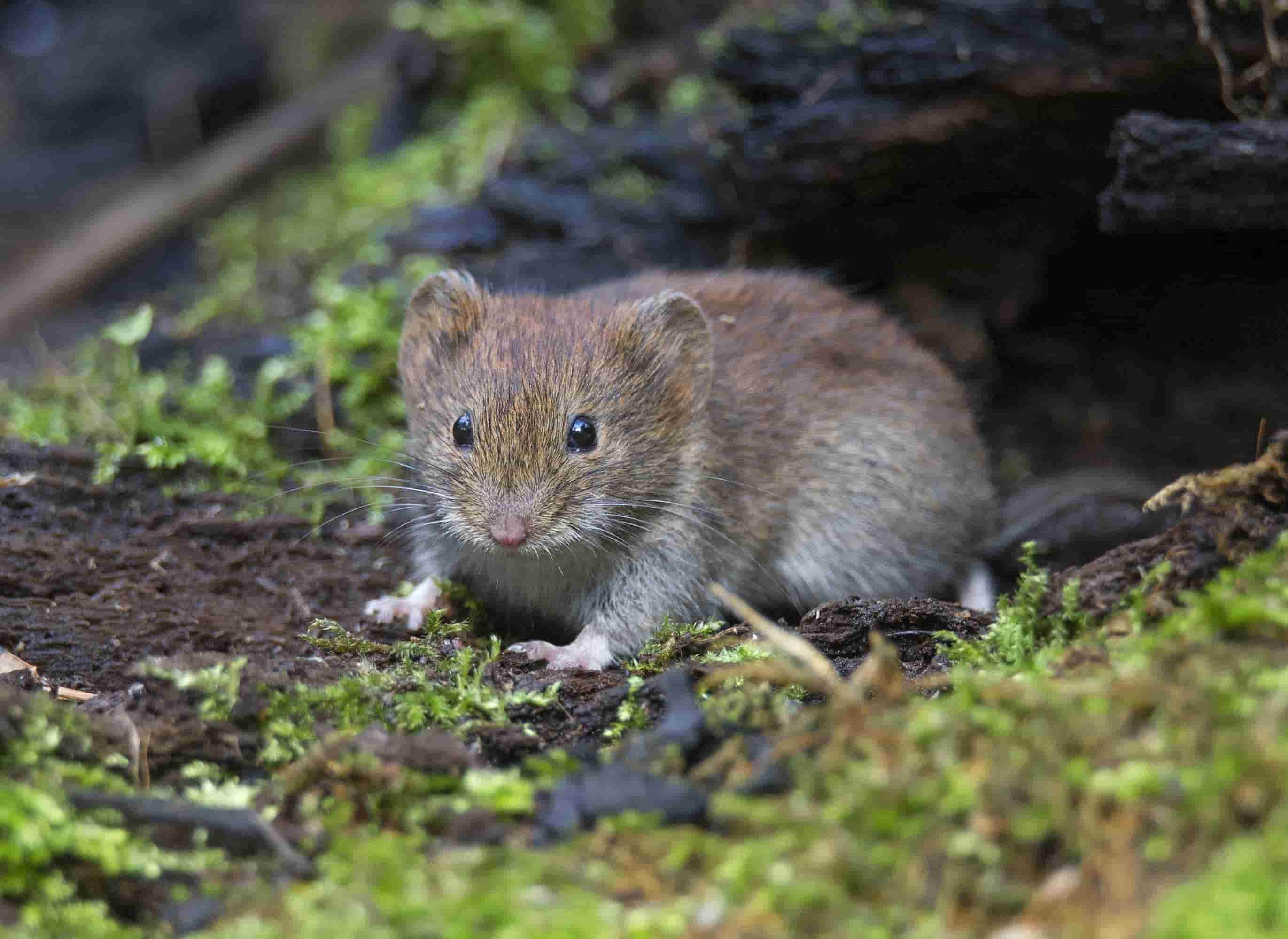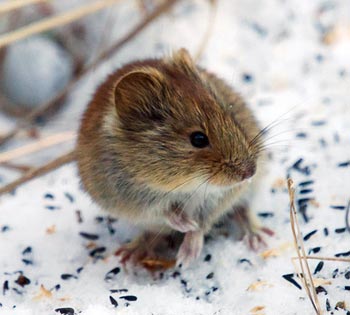Vole Grass Damage Solutions: Effective Control Methods
Vole Grass Damage Solutions: Effective Control Methods
Blog Article
Grasping Vole Pest Control: Comprehensive Insights on Problem Prevention and Therapy Strategies
By recognizing the refined indications of vole problem early on, we can take aggressive actions to prevent extensive damages. In this conversation, we will certainly discover the nuances of vole actions, delve right into the identification of invasion signs, and discover the most effective prevention and therapy methods.
Comprehending Vole Behavior
Analyzing the foraging patterns of voles uses beneficial insights into their habits and environment preferences. By observing their foraging actions, researchers can acquire a better understanding of where voles like to develop their habitats and the degree of their environmental influence.
Research shows that voles show discerning feeding behaviors, preferring roots, seeds, and origins. This dietary preference affects their foraging patterns, leading them to locations rich in greenery and ground cover. Additionally, voles are known to create fancy passage systems for foraging and nesting functions, indicating a high degree of flexibility to their environments.
Recognizing vole habits is crucial for implementing targeted bug control actions that interrupt their environment choices and foraging activities (vole control). By examining their habits, professionals can create much more reliable prevention and therapy techniques to manage vole invasions

Identifying Indications of Vole Infestation
Vole invasions can be found by acknowledging details signs of their existence in a location. Among one of the most typical indications of a vole infestation is the existence of surface paths. Voles produce networks of narrow pathways on the ground that are commonly around 2 inches large. These runways are frequently located in verdant locations or beneath mulch or ground cover where voles can move easily and look for food.
One more vital indicator of vole infestation is the presence of little burrow openings in the ground. Voles dig superficial burrow systems with multiple entrances and exits. These burrows work as sanctuary and nesting websites for the voles. Furthermore, voles are understood to leave behind chewed plant stems, roots, and bulbs near their burrow openings, indicating their feeding activity in the location.
Discovering these droppings along paths or near burrow openings can verify a vole infestation. By being watchful for these indications, home proprietors can without delay attend to vole infestations and stop additional damage.
Implementing Proactive Prevention Measures

Furthermore, using natural vole deterrents like castor oil-based repellents or killer pee can act as reliable safety nets. It is additionally recommended to consistently evaluate outdoor areas for any kind of indications of vole task, such as runways or tunnel openings, to address possible invasions immediately. vole control utah. By adopting these proactive prevention techniques, homeowner can substantially minimize the chance of vole damage and keep the wellness and aesthetics of their landscapes
Effective Therapy Strategies
Including targeted trapping methods and utilizing accepted rodenticides are important elements of reliable treatment methods for taking care of vole infestations. Capturing can be an efficient means to minimize vole populations, especially when put purposefully in their active runways. Break traps and live catches can both be efficient, with the last permitting the capture and moving of voles. When making use of rodenticides, it is essential to follow security standards to avoid injury to non-target animals and pets. Location rodenticides in protected lure stations to minimize dangers to unplanned targets. In addition, environment alteration, such as reducing ground cover and getting rid of sources of i thought about this food, can help prevent voles from infesting an area. Routine monitoring and maintenance are also vital elements of successful treatment techniques to make certain that vole populaces are maintained under control. By combining capturing, rodenticides, habitat modification, and consistent surveillance, reliable vole parasite control can be accomplished.
Monitoring and Upkeep Tips
Routine surveillance enables for the very early discovery of vole activity, allowing timely treatment before invasions get worse. To effectively keep track of vole populations, tactically positioned traps can be used in vole paths or near burrow entrances.
In addition, preserving a clean and neat landscape is vital in vole prevention. Clearing up away debris, such as heaps of wood or thick plants, gets rid of prospective vole habitats. Routinely mowing lawns click here for more and cutting greenery helps in reducing vole concealing places and decreases their accessibility to food sources.
Moreover, ongoing maintenance of physical barriers, such as fencings or cord mesh, is important to stop vole intrusion. Inspecting and repairing any kind of damages to these structures makes certain that vole control continues to be reliable in guarding buildings from infestations. By incorporating these monitoring and maintenance practices into an extensive vole insect control plan, people can effectively take care of vole populaces and safeguard their residential properties from damages.
Final Thought
To conclude, understanding vole pest control requires a solid understanding of vole actions, the capacity to identify signs of infestation, applying proactive avoidance steps, reliable treatment strategies, and constant monitoring and maintenance. By taking an extensive strategy to vole control, individuals can properly manage and stop infestations, ultimately shielding their building and surrounding atmosphere from damages triggered by these little rats.
In this conversation, we will certainly discover the nuances of vole habits, dive into the recognition of problem signs, and reveal the most effective avoidance and treatment techniques.Incorporating targeted trapping techniques and using authorized rodenticides are important elements of effective treatment strategies for managing vole problems. To efficiently keep an eye on vole populaces, tactically placed traps can be used in vole runways or near burrow entrances. Examining and fixing any kind of problems to these structures ensures that vole control stays reliable in securing homes from invasions. By incorporating these monitoring and upkeep practices into a comprehensive vole bug control strategy, individuals can effectively handle vole populations and safeguard their properties from damages.
Report this page